
Be careful with these foods that contain a lot of para.sites
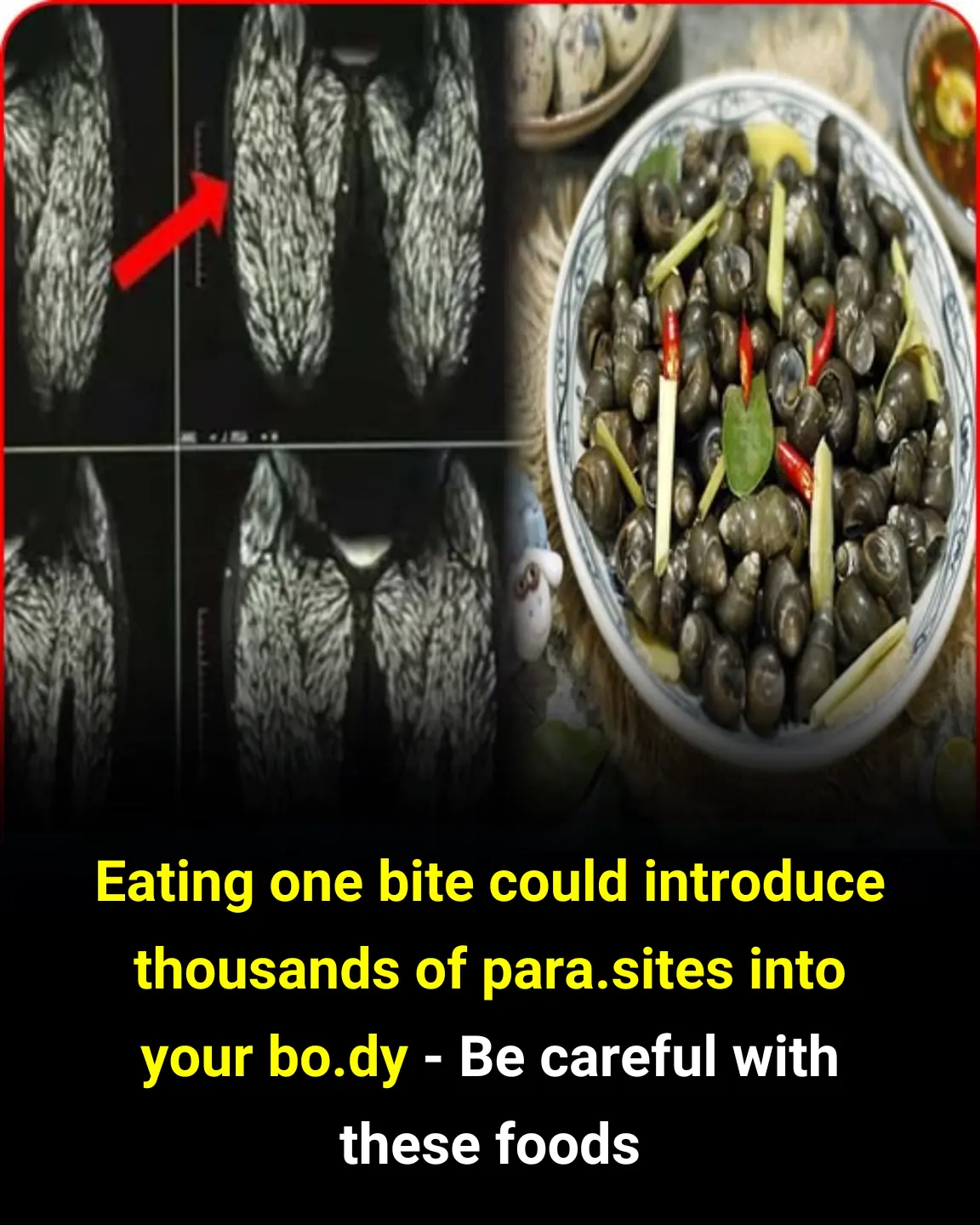
Many people unknowingly enjoy certain foods that can carry a large number of para.sites. To protect your health, it’s essential to prepare and cook these foods thoroughly to kill harmful parasites.
Common foodborne parasites include amoebas, dysentery pathogens, roundworms, hookworms, tapeworms, and more. Once inside the human body, these parasites can cause digestive disorders, anemia, inflammation of the stomach and intestines, colitis, and other serious conditions.
Here are some foods to be cautious about:
1. Eel
Eels live in stagnant water environments that are perfect breeding grounds for parasites. Yellow eels especially have a high risk of parasitic infections, with up to 50% potentially infected during parasite breeding seasons. Yellow eels can host at least 15 types of parasites, including roundworm larvae that can affect eyesight by migrating to the eyes, as well as fast-reproducing tapeworm larvae that attack internal organs and the brain.
Prevention: Always wash eels thoroughly and boil them for at least 4-5 minutes before eating.
2. Snails
Snails are delicious but are often “reservoirs” of many parasites. Most snail species live in ponds or stagnant water, making them susceptible to parasitic infections. The most dangerous is Angiostrongylus cantonensis, a type of roundworm larvae.
One snail can carry over 3,000 parasites. Infection can cause fever, headache, stiff neck, and more severe symptoms. Parasites reaching the brain may cause meningitis, memory loss, and even threaten life.
Prevention: Soak, wash carefully, and cook snails thoroughly.
3. Raw or Rare Buffalo and Beef Meat
Buffalo and beef are nutrient-rich but raw or rare preparations are often infected with parasites. Cases of infection, especially with beef tapeworm, have been reported.
Tapeworm larvae often appear in muscles like the tongue, diaphragm, heart, and buttocks of these animals. Once inside the human body, they attach to the small intestine’s lining and absorb nutrients, causing intestinal damage, inflammation, digestive issues, and symptoms such as abdominal pain, poor appetite, weight loss, headaches, dizziness, and anemia. Long-term infection can be life-threatening.
4. Wild Frogs and Snakes
Wild frogs and snakes can carry parasites, particularly frog tapeworm larvae. These parasites can attach to the human intestine and migrate to the brain through the bloodstream.
Prevention: Cook these foods at 100°C for at least 2 minutes to kill parasites.
5. Raw Fish
Raw fish may harbor parasites such as liver flukes. Infection leads to liver damage, abscesses, cirrhosis, bile duct obstruction, and other serious complications.
6. Raw Shrimp and Crab
Raw shrimp and crab can contain lung flukes that infect the lungs, causing coughing up blood.
Many people enjoy raw or marinated shrimp and crab, but vinegar, soy sauce, or alcohol used in marination cannot completely kill parasites.
7. Water Chestnuts
Water chestnuts are nutritious and tasty but are grown in muddy, bacteria-rich environments, making them susceptible to contamination. Boiling water chestnuts briefly (about 15 seconds) can remove oxalic acid and reduce parasite risk.
8. Water Caltrop (Trapa)
Water caltrop, also known as water chestnut, is nutritious and loved for its crunchy, sweet taste. However, it grows in muddy, wet fields prone to bacterial and parasitic contamination. Many people mistakenly eat it raw without peeling, risking ingestion of worm larvae.
Prevention: Peel thoroughly before eating. It can also be boiled or cooked in soups and salads.
Conclusion:
To avoid parasitic infections, always ensure thorough cleaning and cooking of these high-risk foods. Eating safely protects your digestive system, internal organs, and overall health.
News in the same category


Family of 4 brothers all have stomach can.cer, doctor shakes head: 2 "fatal" common points that many people have
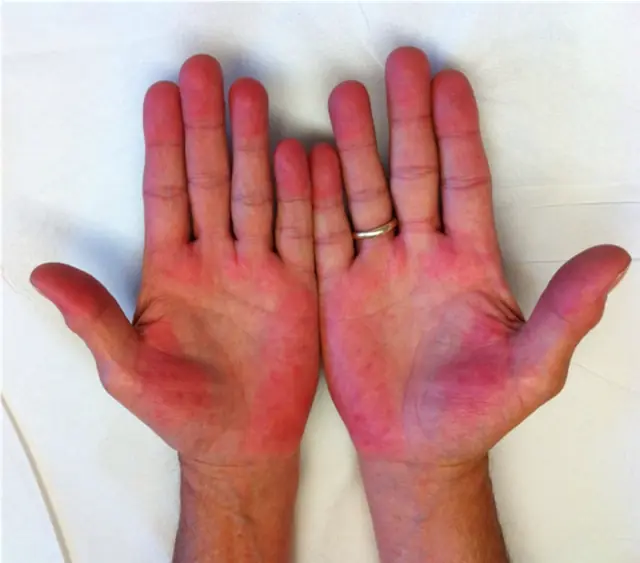
Check Your Skin for Liver Problems: If You See These 3 Colors—Red, Black, or Yellow—See a Doctor Before It’s Too Late!
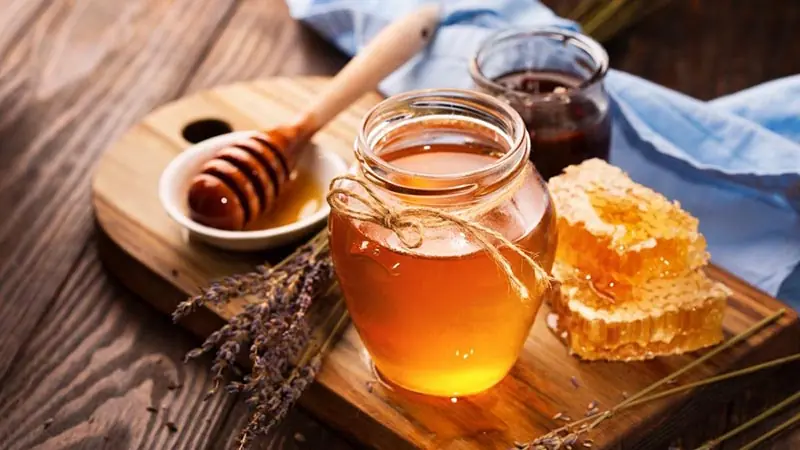
Honey is good but not for everyone

When sleeping, the body has 2 unusual signs that signal liver and kidney health problems, need to be vigilant

Chicken is a valuable and healthy food, but if used incorrectly it can lead to many serious health problems

Tetanus Infection – Early Warning Signs

26-year-old man di.es suddenly from heatstroke, doctor points out 4 dangerous warning signs of the body in hot weather

Man Di.es Suddenly During Morning Exercise – Doctor Warns: Avoid These 3 Common Mistakes When Working Out Early

Even if you like them, it’s best to avoid

Doctors warn that these 6 oils should be limited, because if consumed in excess, it can increase the risk of colorectal cancer, liver cancer, breast cancer and prostate cancer

Startled: 5 signs on the hand warn that the lungs are in danger

More and more people are dying from heart failure, doctors warn: No matter how difficult it is, you must give up these 4 habits!

Woman Di.es After Using Air Conditioner: Doctors Warn of a Critical Mistake Many People Make

Shoc.king: 5 Alarming Signs in Your Hands That May Indicate Lu.ng Problems

COVID-19 returns, advice for middle-aged and elderly people: Touch 2 things less, eat 3 dishes more, do 4 things well, strengthen immunity

Woman gets meningitis from a food that is in every house's refrigerator

25-year-old man pees "strange green liquid" and falls into a deep coma due to deadly poison commonly found in a popular dish

3 Common Household Items Loaded with Toxins: Many Families Use Them Daily Without Realizing the Danger
News Post

Easy Growing Clove: From Seed to Spice

No Matter How Hot It Gets, Avoid These Dange.rous Habits
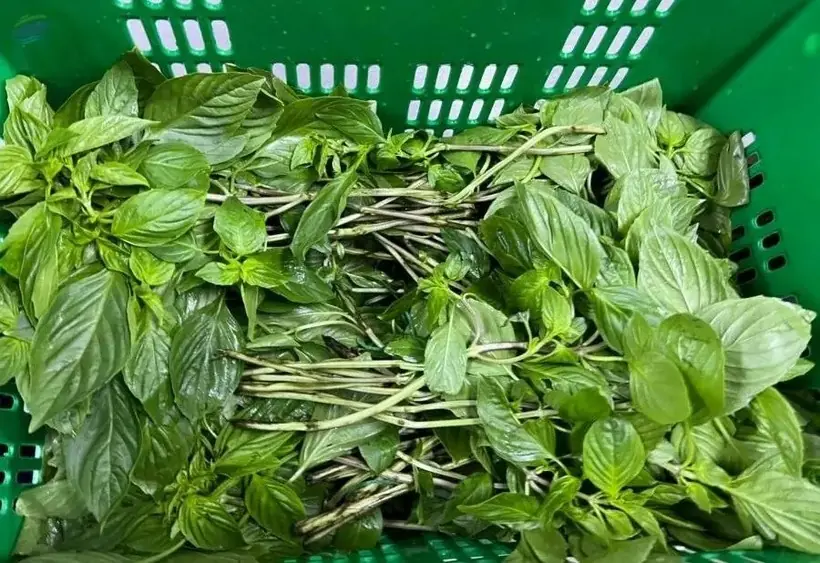
"King of herbs" is good for the heart and breaks down kidney stones

Check your eyes now! If you have one of these 4 characteristics, you may have diabetes.
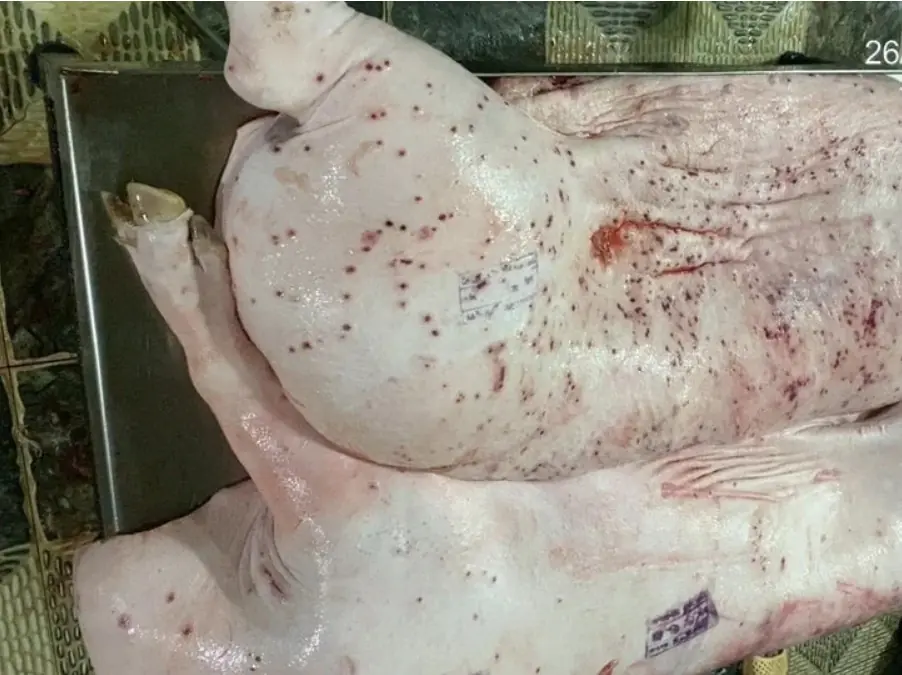
Sick pork can be used as fish feed, just "cook it and it's done": What do experts say?

Family of 4 brothers all have stomach can.cer, doctor shakes head: 2 "fatal" common points that many people have

How to Identify Safe, Clean Pork in Just 1 Minute – Anyone Can Do It

Check Your Skin for Liver Problems: If You See These 3 Colors—Red, Black, or Yellow—See a Doctor Before It’s Too Late!

How to Grow Blackberries at Home in Pots

Unlock the Power of Carrot Juice: A Natural Boost for Thriving Plants

Should you drink water that has been left overnight and uncovered?
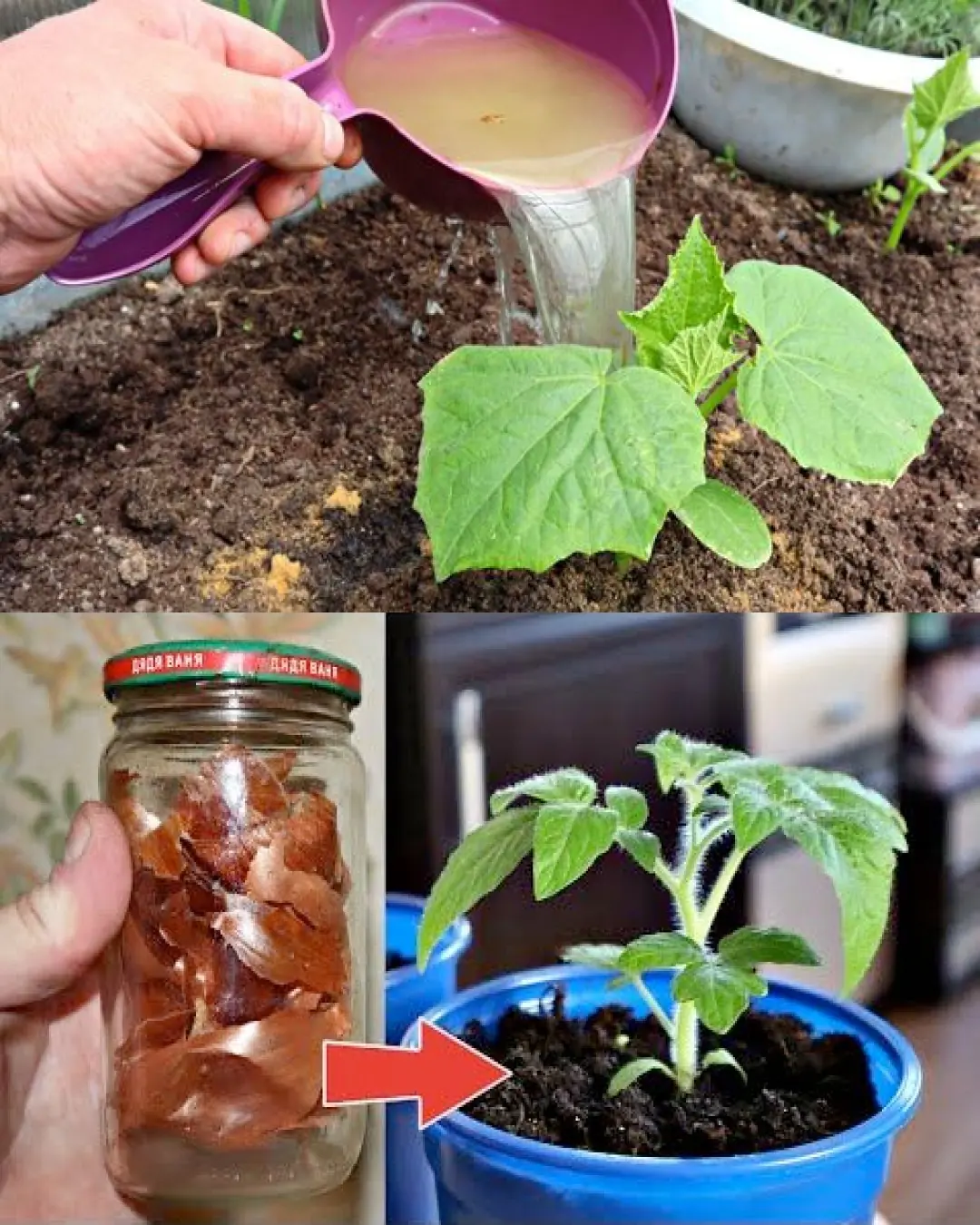
Boost Your Tomato Growth with Onion Peels: Nature’s Secret Fertilizer!
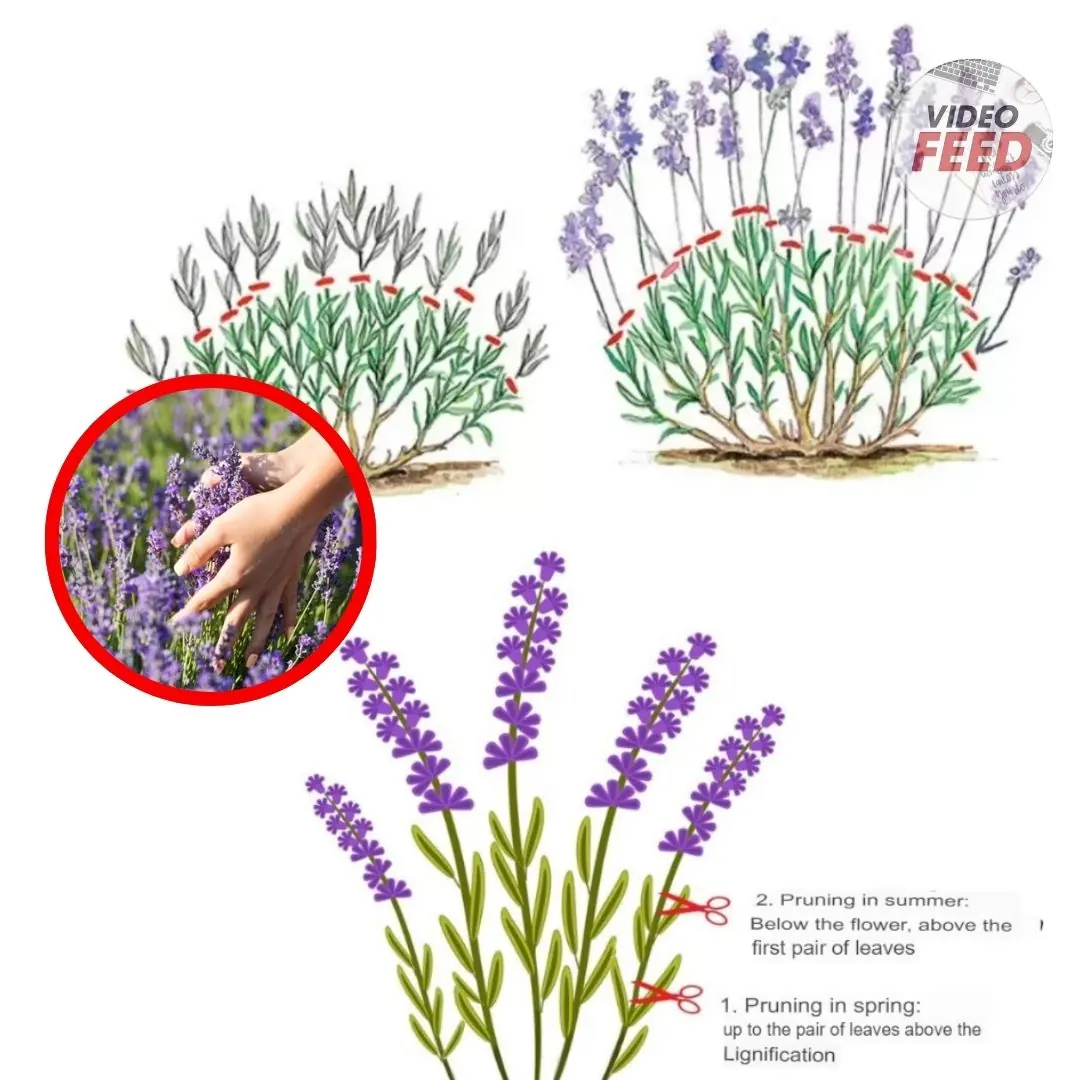
Trimming Lavender: Tips & Tricks from the Expert

Why should you put a lemon at the head of your bed?

Honey is good but not for everyone
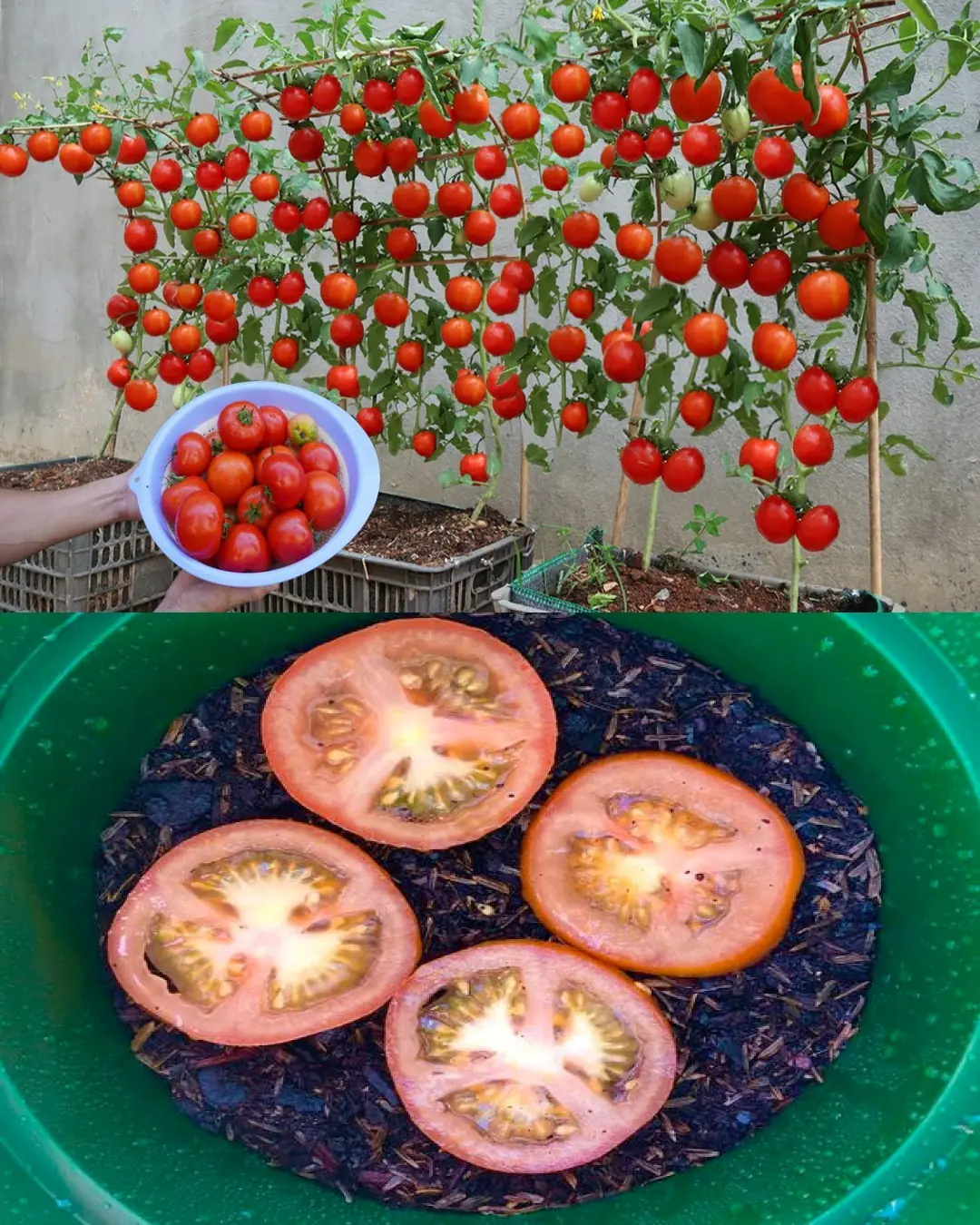
Growing Tomato Plant From Tomato Slice Time Lapse
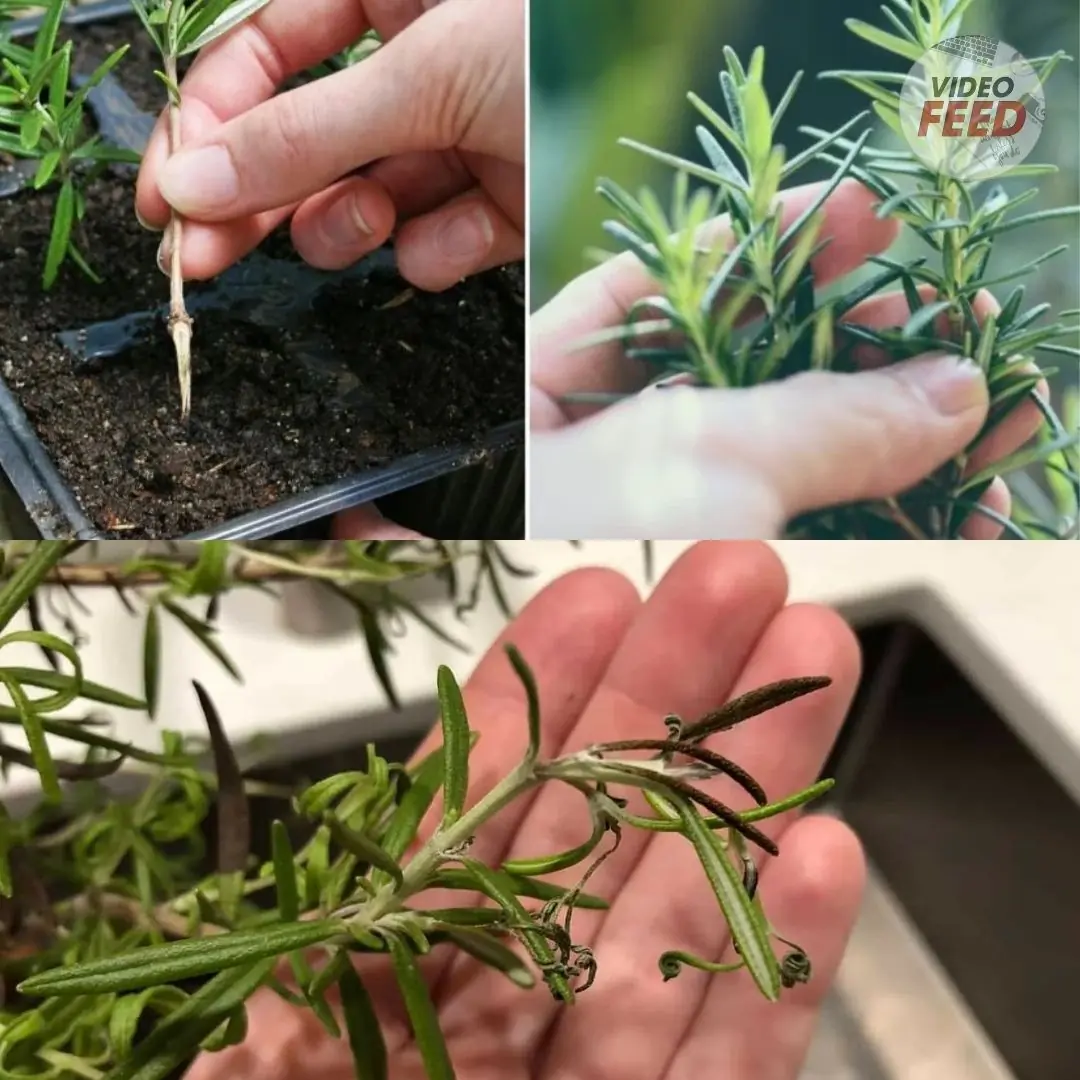
How To Grow Rosemary From Seed Or Cuttings – Everything You Need To Know

Tips to prevent clothes from tangling and wrinkling in the washing machine
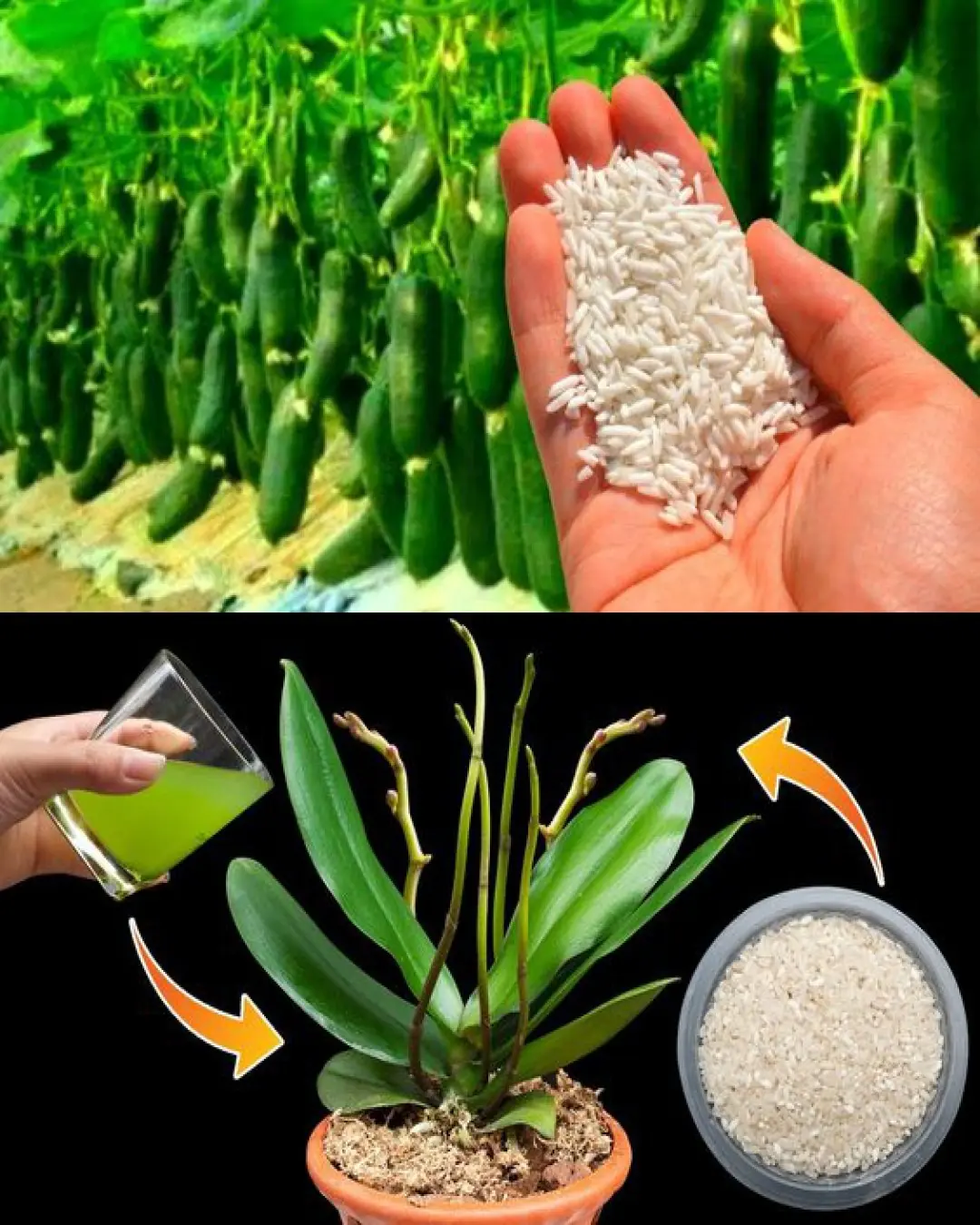
Rice Grains Unleashed: Supercharge Your Plants with Natural Strength and Vitality
